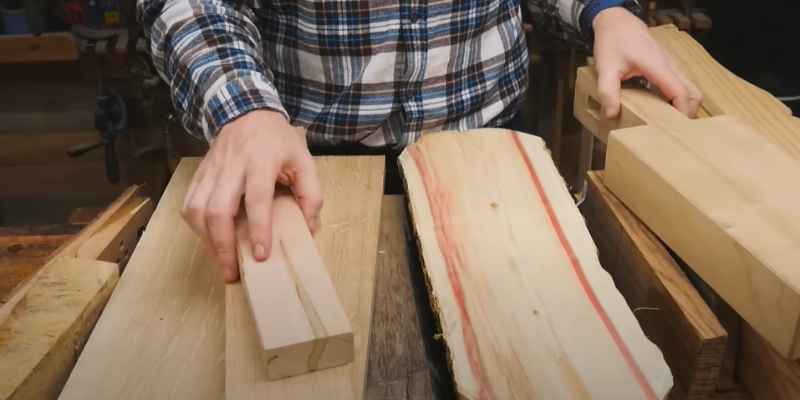Wood is a versatile and natural material used in various applications such as furniture, flooring, and construction. With so many different wood types available, it can be challenging to identify them accurately. In this comprehensive guide, we will discuss some key characteristics and techniques to help you identify wood types effectively.
1. Examine the Wood Grain
The wood grain refers to the pattern or texture on the surface of the wood. It is one of the essential factors in wood identification. There are three main types of wood grain:
- Straight Grain: The fibers run parallel to each other, creating a uniform pattern.
- Curly Grain: The fibers have a wavy or curly appearance, often seen in woods like maple or mahogany.
- Interlocked Grain: The fibers twist and turn irregularly, making it challenging to work with.

2. Check the Color and Texture
The color and texture of wood can vary significantly between different species. Consider the following:
| Wood Type | Color | Texture |
|---|---|---|
| Maple | Light yellow or cream | Even and fine texture |
| Mahogany | Dark reddish-brown | Moderate to coarse texture |
| Oak | Light to medium brown | Distinct grain pattern |
3. Assess the Weight and Density
By evaluating the weight and density of the wood, you can gather further clues about its identity. Some wood species are denser than others, which can affect their overall weight. For example, oak is generally heavier and denser compared to pine.
4. Smell the Wood
Believe it or not, the scent of the wood can also help identify its type. Some woods, like cedar or pine, have a distinct and recognizable aroma. However, this method may not be foolproof, as the smell can fade over time and be influenced by environmental factors.
5. Consider the Workability
Each wood species has different workability characteristics. Some woods are easier to carve or shape, while others may splinter easily. Understanding the workability can give you additional insights into the type of wood you are dealing with.
6. Seek Professional Help
If you are still unsure about identifying a particular wood type, it is always a good idea to consult with a professional or an experienced woodworker. They have the knowledge and expertise to determine wood species accurately.

Conclusion
Identifying wood types can be a challenging but rewarding process. By examining the wood grain, checking the color and texture, assessing weight and density, smelling the wood, considering workability, and seeking professional help when needed, you can become proficient in identifying different wood types. Whether you are a woodworking enthusiast or someone looking to purchase furniture, this knowledge will greatly help you make informed decisions.


